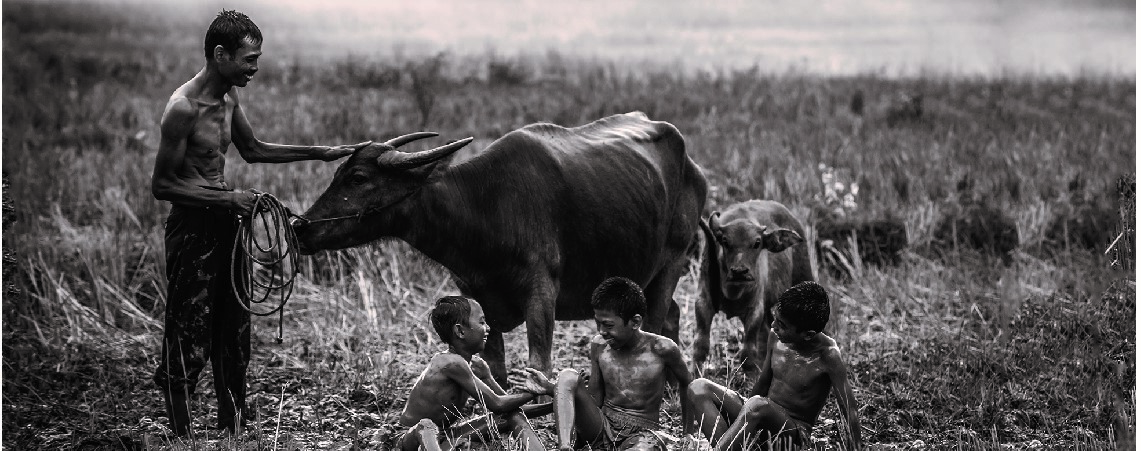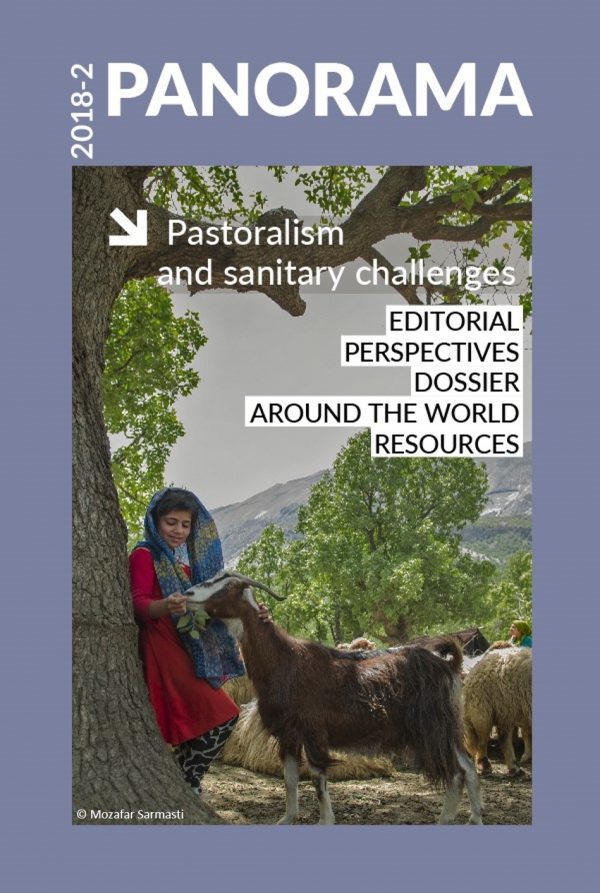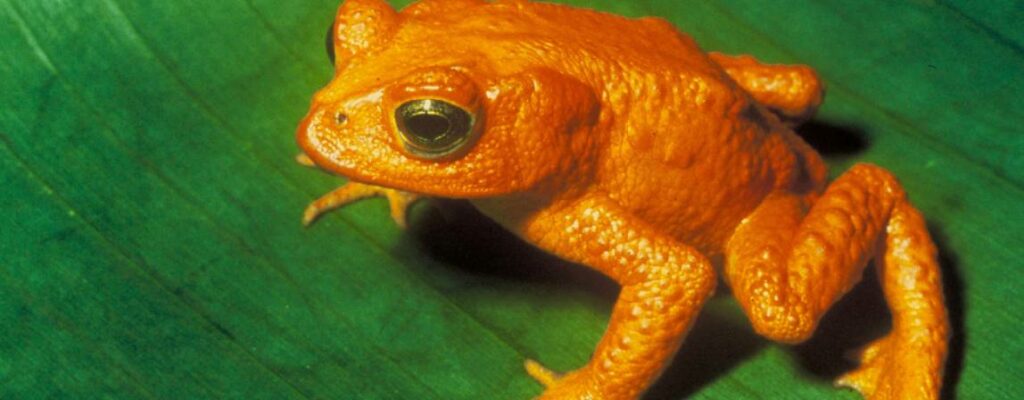Dossier Posted on 2019-01-23 19:24:28
Traditional animal movement: a challenge to controlling FMD in the Mekong region
There are two main types of movement: short-distance movements in the local area (mainly for pasture and water), and cross-border movements for the livestock trade.
Local movements may involve a number of villages or districts, depending on the landscape and natural geographical barriers, and can contribute to the local circulation of FMD virus in an endemic setting. The maintenance and local spread of the FMDV serotype O Myanmar/98 in central Myanmar may be due to local cattle movements.
A more challenging risk factor is the cross-border movement of livestock for trade. FMDV serotypes O and A from South-East Asia could have spread to China and Mongolia by this route. The recent introduction of FMDV India/2001/d from the Indian subcontinent into South-East Asia, China and Mongolia could also be attributed to cross-border trade movements.
To better understand these pathways, the OIE undertook two studies:
- a study of movement pathways and market chains for large ruminants in the Greater Mekong Sub-Region in 2015 [1]
- a risk analysis of the incursion of exotic FMD viruses into South-East Asia in 2017 [2].
The OIE also facilitated the signing of a Joint Statement on Harmonising Procedures for Livestock Movement by OIE Delegates in the Mekong region, to develop, strengthen and improve procedures for managing the movement of livestock and their products in each country. The goal is to assist in the control of transboundary animal diseases, improve food safety and promote safe trade, in accordance with the requirements of the Terrestrial Animal Health Code [3], to protect animal and public health in the South-East Asian region.
http://dx.doi.org/10.20506/bull.2018.2.2866
References
- Smith P., Bourgeois Lüthi N., Li Huachun, Kyaw Naing Oo, Aloun Phonvisay, Sith Premashthira, Abila R., Widders P., Kukreja K. & Miller C. (2015). – Movement pathways and market chains of large ruminants in the Greater Mekong Sub-region. World Organisation for Animal Health (OIE).
- Bartels C., Afonso J., Sieng S. & McLaws M. (2017). – Risk analysis on incursion of exotic FMD viruses into Southeast Asia. World Organisation for Animal Health (OIE).
- World Organisation for Animal Health (OIE) (2017). – Terrestrial Animal Health Code.










